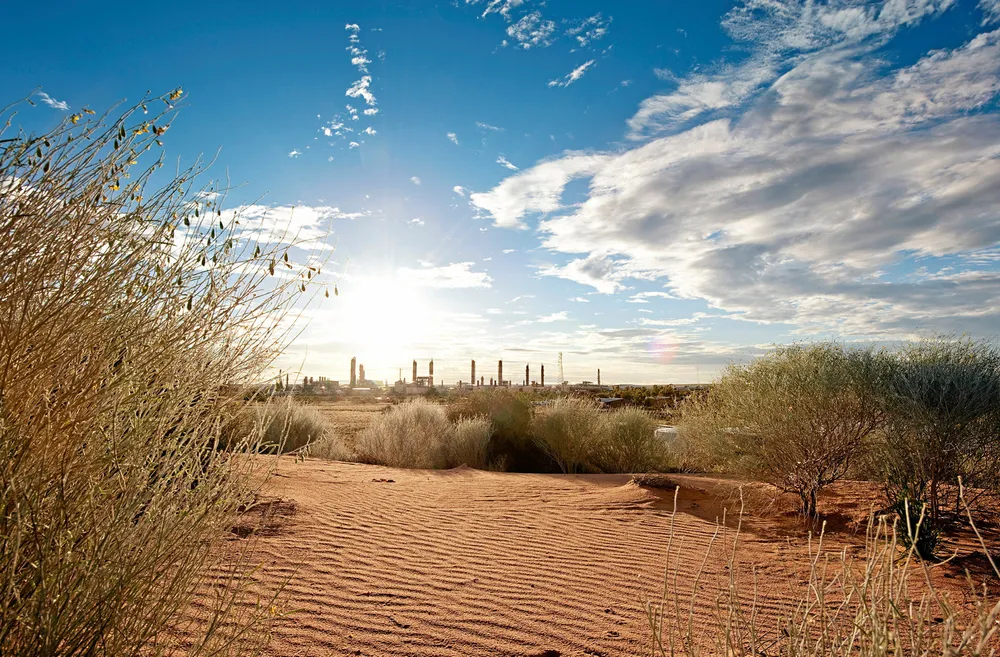Santos looks to move on Moomba with Australian CCS projects now able to generate carbon credits
Each Australian Carbon Credit Unit generated will represent one tonne of carbon emissions avoided, which can then be sold to the government or privately

Each Australian Carbon Credit Unit generated will represent one tonne of carbon emissions avoided, which can then be sold to the government or privately
